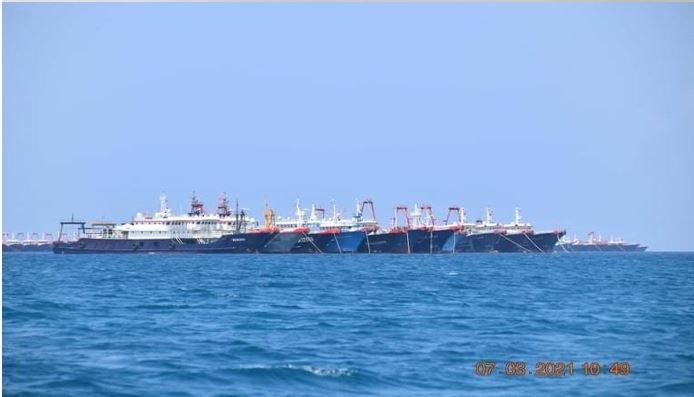News Analysis
Despite Beijing’s disclaimers, China’s maritime militia is very real. It is composed of vessels that look like civilian fishing boats but are tasked with supporting the Chinese Navy in controlling the seas.

Despite Beijing’s disclaimers, China’s maritime militia is very real. It is composed of vessels that look like civilian fishing boats but are tasked with supporting the Chinese Navy in controlling the seas.